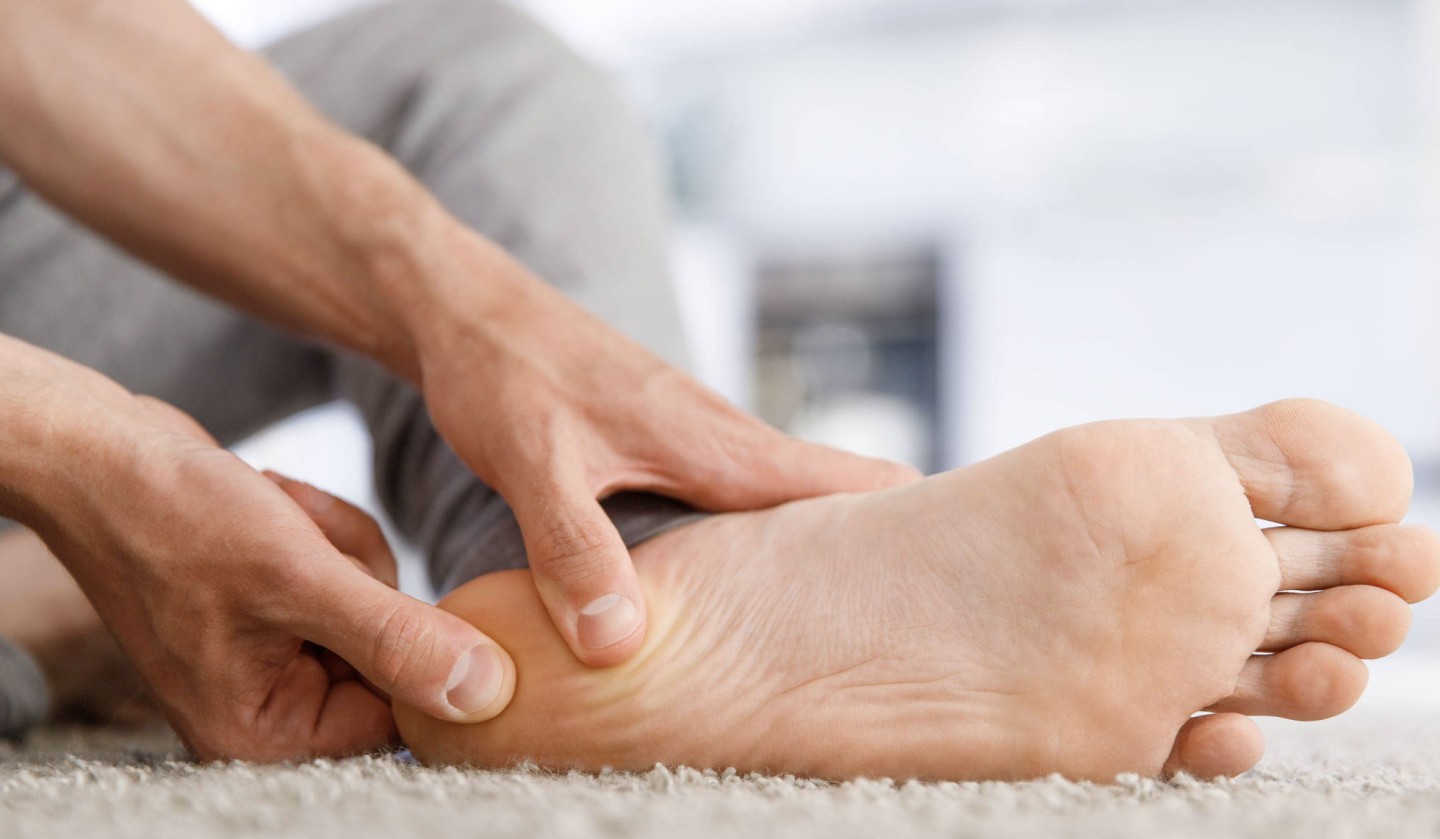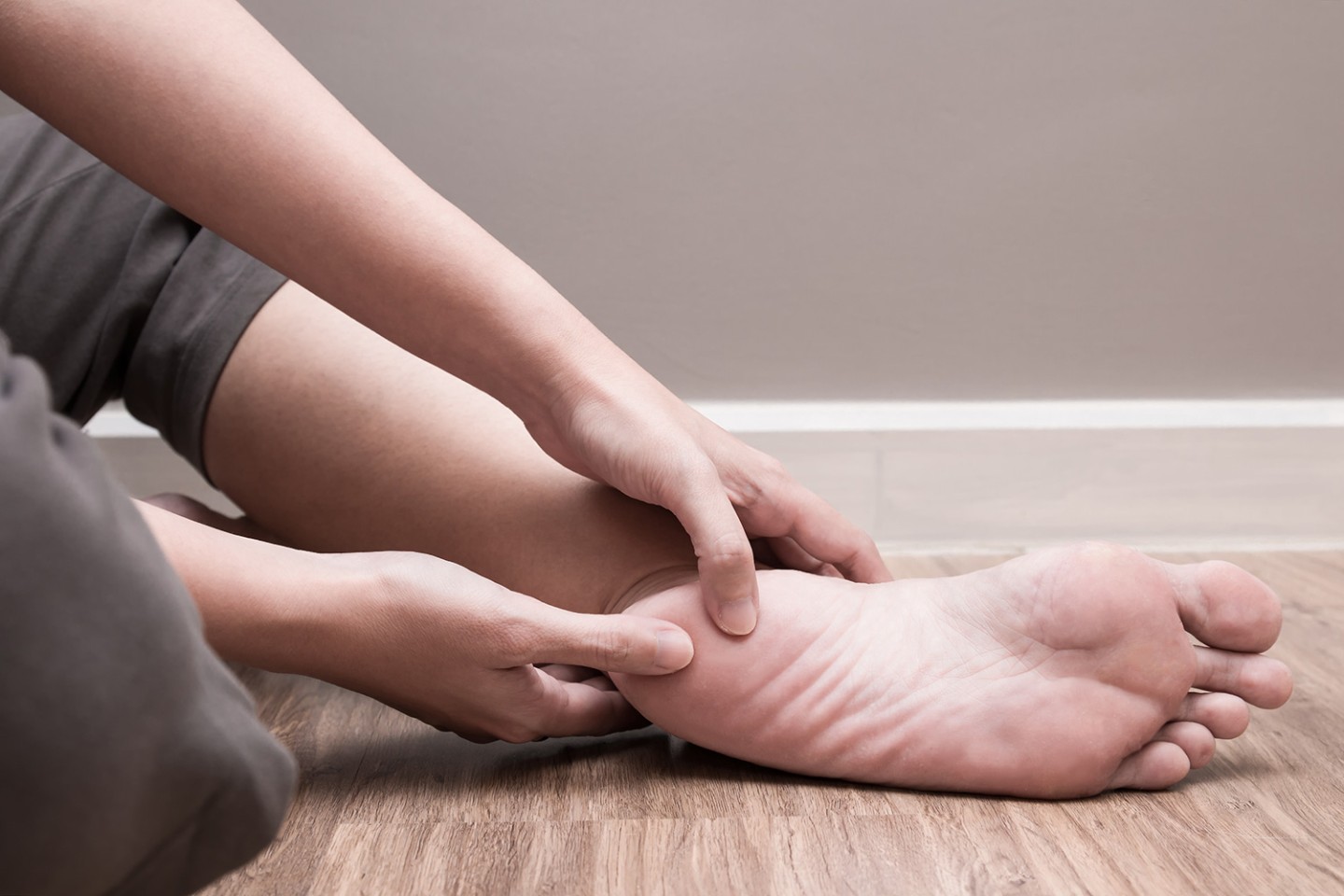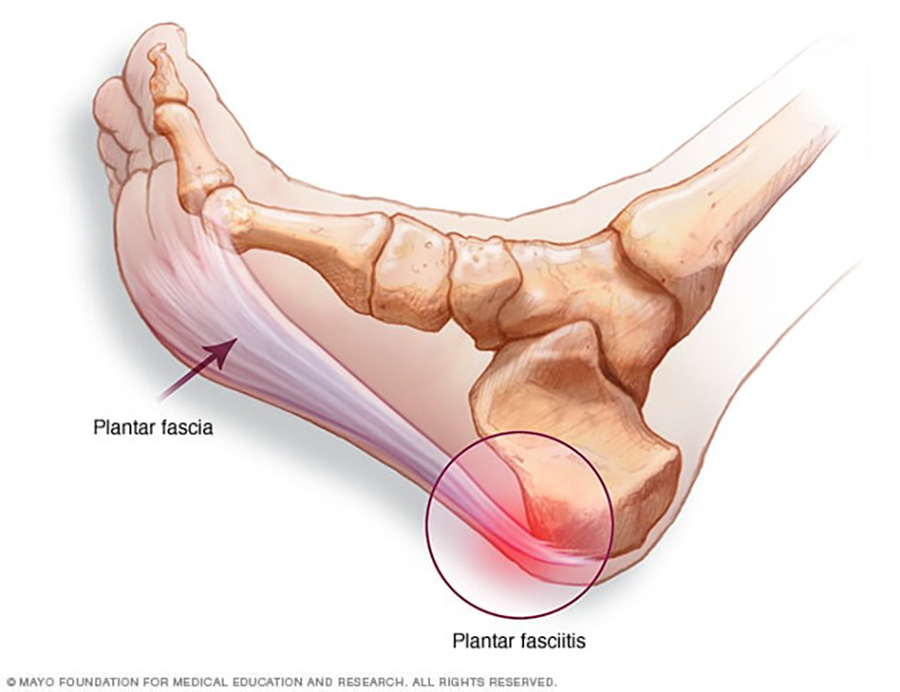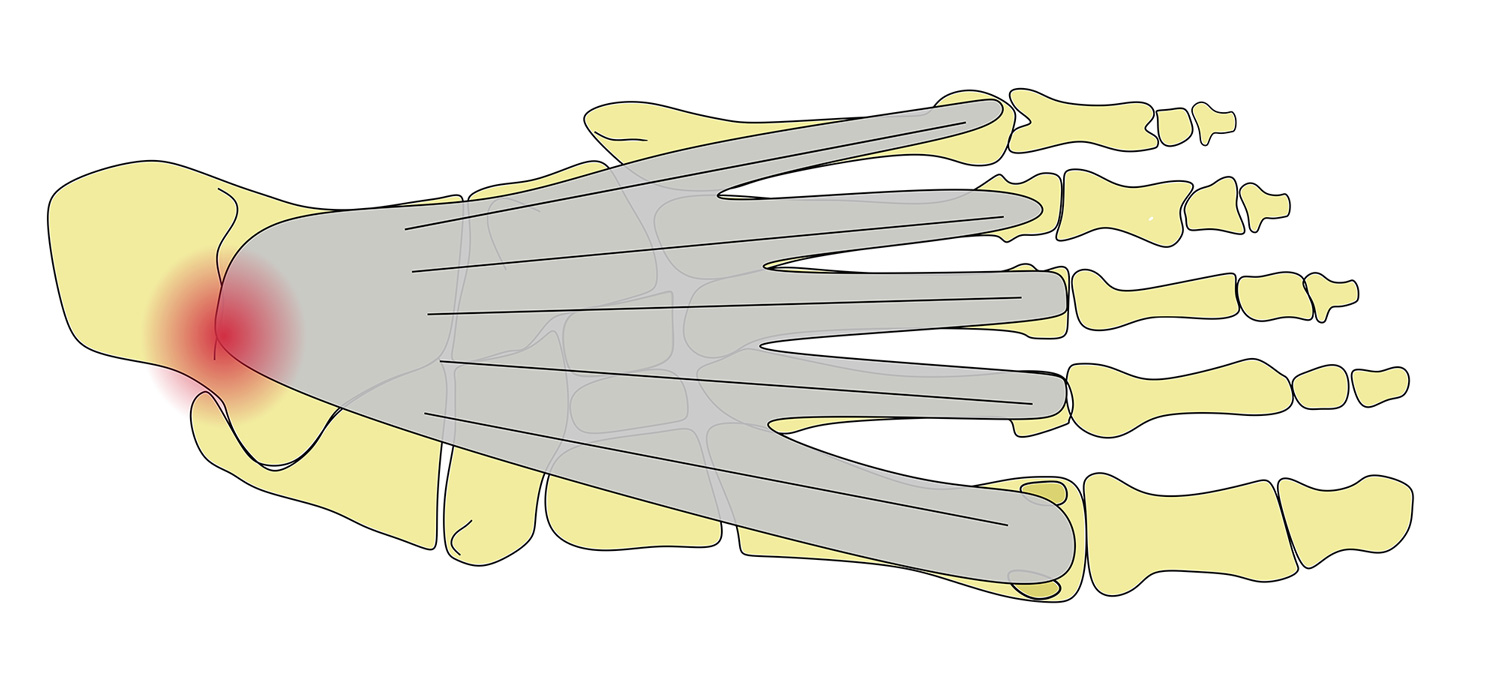Do you think you have a heel spur? Are you suffering heel pain? Getting the correct diagnosis for your heel pain is the first step in getting better!
Following on from our first Plantar Fasciopathy blog, here at Balance Foot Studio we strive to educate and empower our patients their foot health journey - with the next instalment in our “Heel Pain" blog series: "Heel Spurs".
We can't tell you how often people come in to see us with a sore heel and declare “I have a heel spur” not knowing what a heel spur is, or if they actually have one!
If you've always wondered what a heel spur is - well look no further! Our aim is to educate you about what it is, what treatment to expect to manage this painful condition and sometimes debilitating condition. We will bust some of the myths surrounding heels spurs and what's really behind this form of heel pain.
Do I Have A Heel Spur?
If you've always wondered what a heel spur is - well look no further! Our aim is to educate you about what it is, what treatment to expect to manage this painful condition and sometimes debilitating condition. We will bust some of the myths surrounding heels spurs and what's really behind this form of heel pain.
We can't tell you how often people come in to see us with a sore heel and declare “I have a heel spur” not knowing what a heel spur is, or if they actually have one!
If you've always wondered what a heel spur is - well look no further! Our aim is to educate you about what it is, what treatment to expect to manage this painful condition and sometimes debilitating condition. We will bust some of the myths surrounding heels spurs and what's really behind this form of heel pain.
– Are you suffering from heel pain right in the centre of your heel? –
– Does it feel like you’re walking on a “stone” or feels “bruised”? –
– Does it hurt whenever you’re walking on it, especially if you walk over uneven surfaces? –
- If you are experiencing one or all of these symptoms, you may have a heel spur -
How Does It Differ From Plantar Fasciopathy (plantar fasciitis)?
Firstly, a boney spur is the additional ossification (bone formation) caused by traction. This is the caused by ongoing and continual irritation of one spot, resulting in excess bone growth. A heel spur occurs when the soft tissues attached to the calcaneus (heel bone) are overused, continually pulling on the calcaneus and irritating this area. While this irritation and overload continues and if not addressed, it can result in a small spike of bone protruding from the calcaneus. It was often thought the heel spur occurred when the plantar fascia pulled on the calcaneus. However it is now considered to be from the origin of a muscle under the foot called Flexor Digitorum Brevis (FDB). The FDB originates from the centre of the heel bone.
The main origin of the plantar fascia is on the medial (inside) aspect of the calcaneus. Thus, the FDB originates from the centre of the calcaneus, exactly where a heel spur occurs. It’s associated muscles insert into the toes to flex (curl) the toes.
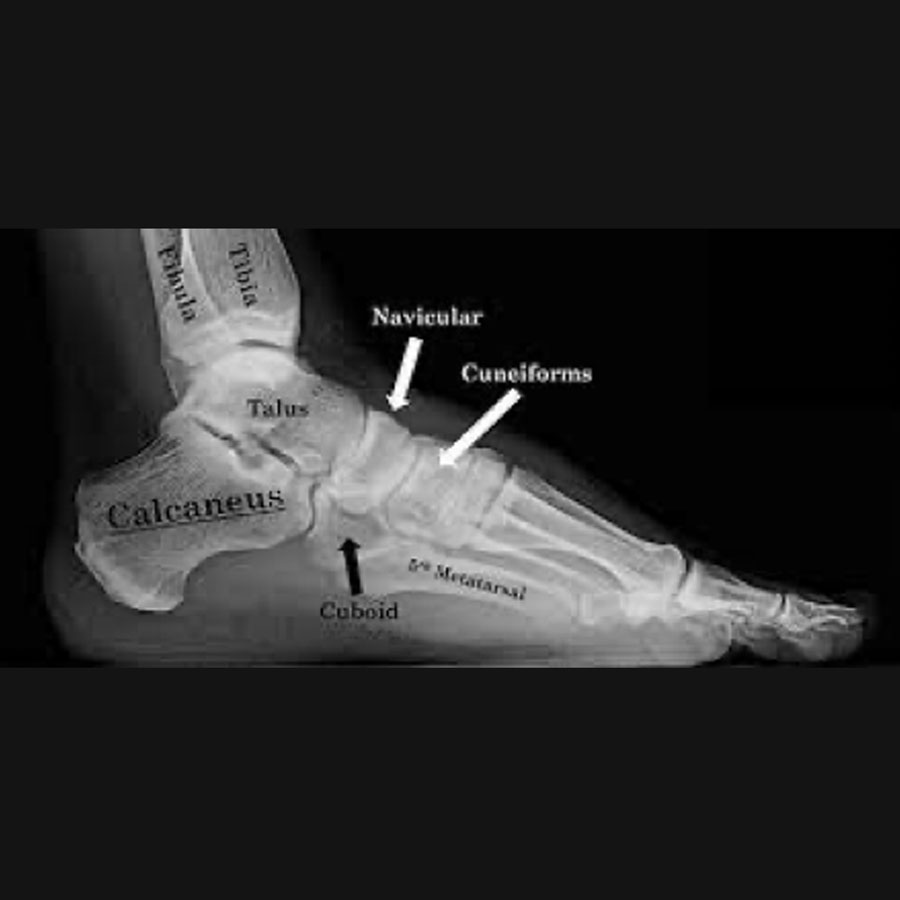
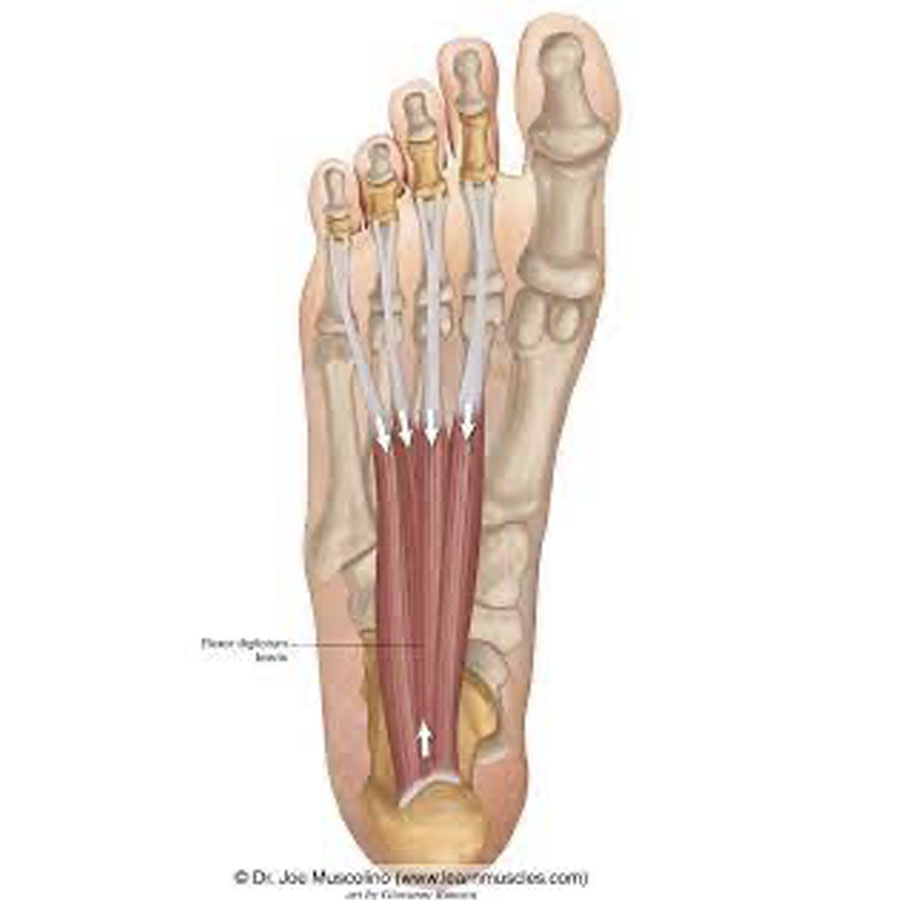
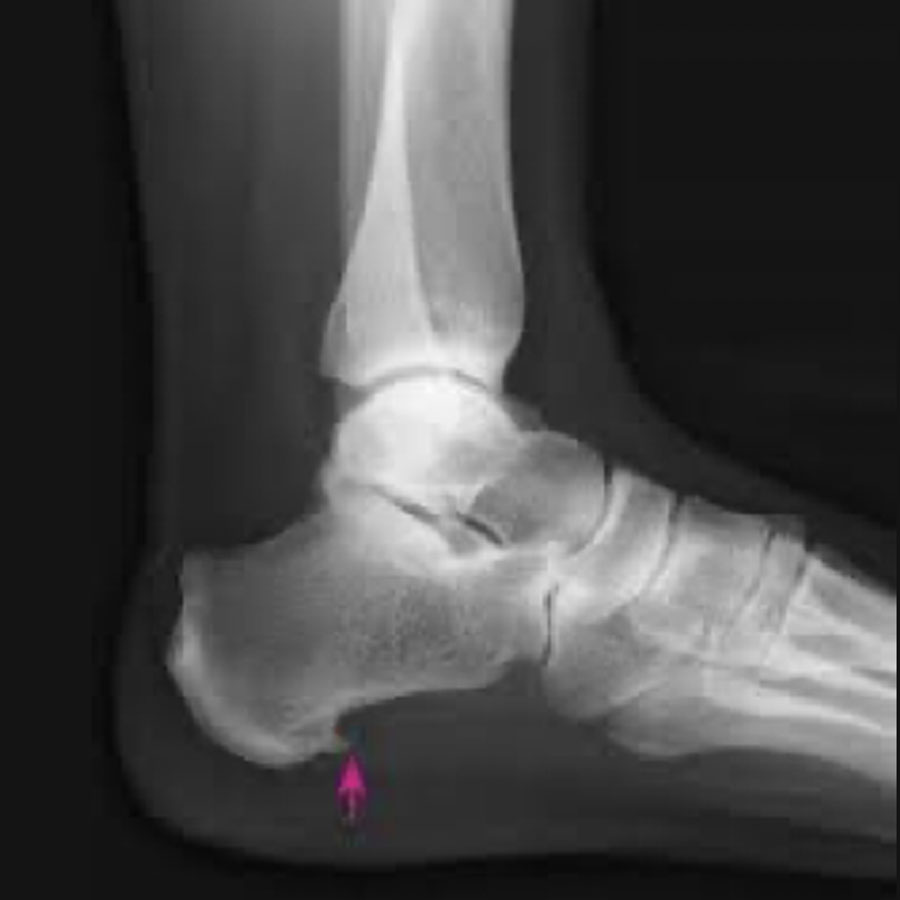
Does My Heel Spur Cause My Heel Pain?
Surprisingly, heel spurs very rarely are the true cause of heel pain. Unless you have a very large heel spur, which is uncommon. The pain is ultimately from inflammation in the soft tissue around the heel spur. Therefore you can live pain-free with a heel spur, however the issue is the inflammation around it that needs to be managed in order to alleviate the pain.
As such, a Podiatrist will need to assess & determine WHY the soft tissue is being aggravated and manage it accordingly. Very occasionally heel large spurs (around 10mm) don’t respond to conservative treatment and surgical intervention may be required.
This is always a last resort!
The core issue of why the heel spur and associated inflammation has developed in the first place needs to be addressed. Your Podiatrist will conduct an in depth biomechanical assessment - looking at your foot posture, joint range of motion and how you move (to name a few). This is done to determine the underlying real cause for your pain.
How Do I Manage Heel Pain? Getting The Correct Diagnosis Matters!
So you might be thinking, if there is a sharp piece of bone under my heel that I am walking on, how can I treat it? Firstly, as there are many forms of heel pain it is important to have the correct diagnosis for the best treatment options. To diagnose this condition, at Balance Foot Studio, we do a thorough examination of your foot and lower limb along with your history and site of pain.
Once diagnosed, treatment includes short term strapping to reduce the load on the soft tissues under the foot and to increase protection over the painful site. This is done by using tape to gently move the natural fat padding in your heel over the spur to help cushion the area. Cushioned heel lifts are often prescribed to help with the pain. There are two reason for this; the extra height in the shoe helps alleviate the force on the heel as your heel makes ground contact and secondly it gives shock absorption to help cushion the painful site. Sometimes a hole can be cut in the heel lift to take the pressure completely off the heel spur. This treatment is only temporary and we aim to get you out of the heel lifts by gradually reducing the height in your shoe, if necessary.
Appropriate stretches and strengthening is prescribed depending on the individual, but common exercises prescribed are:
- Calf stretches - as prescribed by your Podiatrist.
- Appropriate footwear - to reduce the load on the heel.
- Strapping/taping - to support the foot/feet & reduce the strain on the soft tissues, allowing time to heal.
- Non-weight bearing exercises - calf resistance strengthening & progressing as suitable
- Intrinsic foot muscle exercises - These are now commonly prescribed to help strengthen the muscles in the foot to be able to withstand the load and in turn reduce pressure off the heel.
- Short term NSAIDs (non-steroidal and-inflammatories) may also be advised early in the diagnosis to help reduce initial inflammation.
- Depending on foot function, orthotics are sometimes prescribed to help realign the the foot and reduce the stresses on the soft tissues. This in turn can reduce or completely resolve the pain.
- Injections such as cortisone, prolotherapy, PRP injections may help relieve some of the symptoms.
- Only if all conservative treatment options have proven unsuccessful surgery is considered. Surgery may involve removing the spur from the bone, though it can also involve releasing the plantar fascia or other involved soft tissue.
